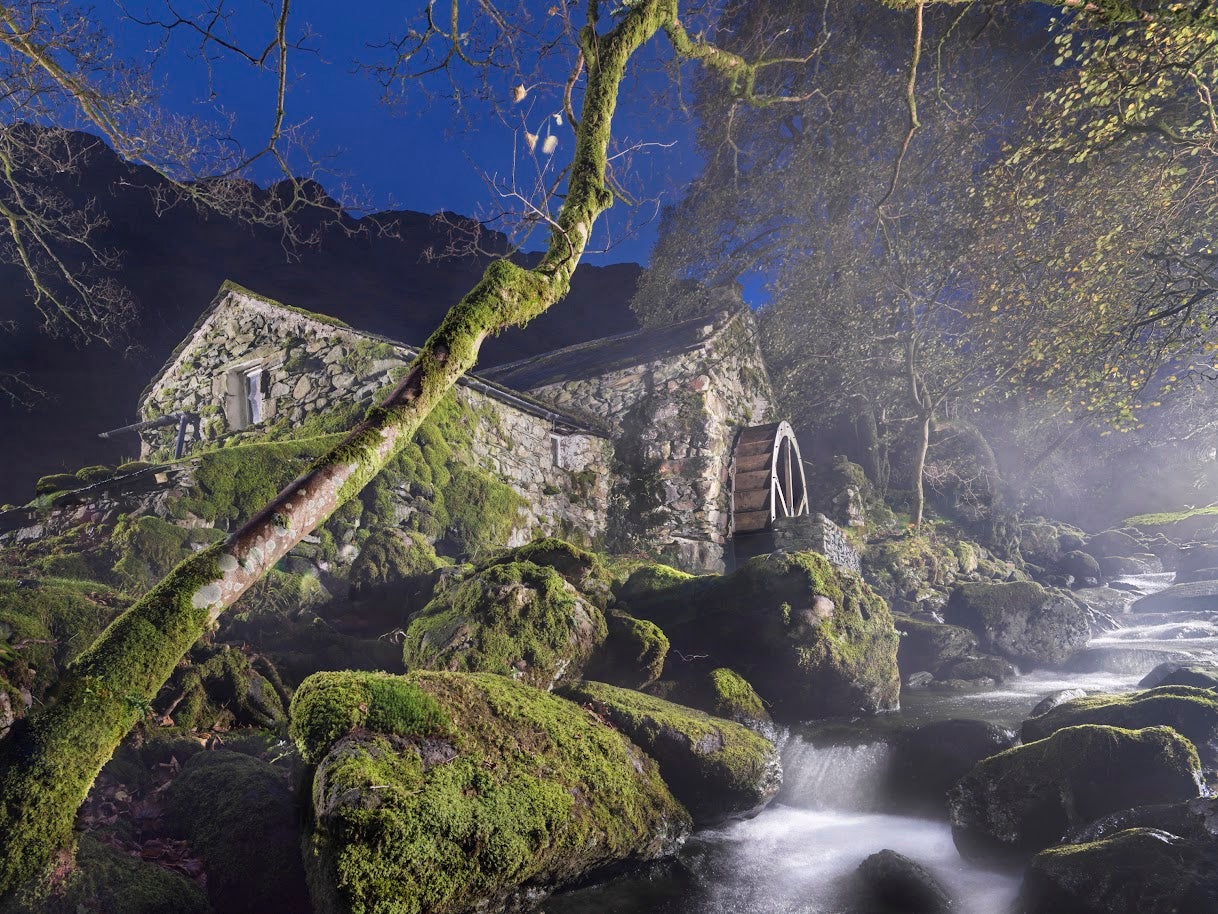Shipwrecks and First World War trenches get listed heritage status
The Historic England list includes World War One trenches dating back to 1915 and chunks of remaining shipwrecks dating back to the 16th and 17th centuries

Ancient shipwrecks and a First World War trench are among a number of historic monuments to gain listed heritage status in England.
The list by Historic England also includes a watermill that features in a watercolour drawing by artist John Constable, a 1920s sunken garden at White Lodge, Brighton designed by the architect Edwin Lutyens and two London cab shelters.
A site listed with heritage status gives the monument recognition that it holds cultural significance, and includes gothic buildings and churches, Victorian-era courts and cottages across the country.
Heritage Minister Lord Parkinson said the sites would help tell the story of the country, boost tourism and “help us understand and take pride in where we live”.
He added: “By listing buildings and protecting wrecks, battlefields and monuments, we can safeguard our history for future generations to enjoy as well.
“With an extra 240 places added to the list this year, I’m pleased to join Historic England in encouraging everyone to get out and explore our shared heritage this Christmas.”
The training trench in Docking, Norfolk, was made by the Lovat Scouts, a Scottish Highland Yeomanry regiment commanded by Lord Lovat in 1915.
The regiment was sent down to Hunstanton in Norfolk to overlook the coastal front for invasion and prepare for a posting to the Western Front.
During the summer, they dug up a set of trenches on Docking Common, including a full set of front-line zig-zagging channels designed to protect against shell blasts.

The Lovat Scouts left Norfolk in September 1915 and joined the Gallipoli campaign and later served in Egypt, Greece and Italy.
Most of the trenches were filled in after the war. In 2012, roughly one-third of the 'British' trenches were partially excavated to reveal their form and a campsite was created around the quarried area.
The site was titled as a Scheduled Monument - a site that’s legally protected because of its historical importance - in May.
The two shipwrecks, Shingles Bank Wreck NW96 and NW68, found off the Isle of Wight have been granted the highest level of protection.
They ran aground in the 16th and 17th centuries and their remains include several cannons and at least 50 large lead ingots and stone cannonballs.
The latter vessel, thought to be Dutch, may have been used at the Battle of Portland in 1653 during the first Anglo-Dutch war.

The Shingles Bank in the Needles Channel is a well-known navigational hazard for ships entering the Solent from the west. Both NW96 and NW68 are thought to have been stranded on the banks before sinking.






Join our commenting forum
Join thought-provoking conversations, follow other Independent readers and see their replies
50Comments